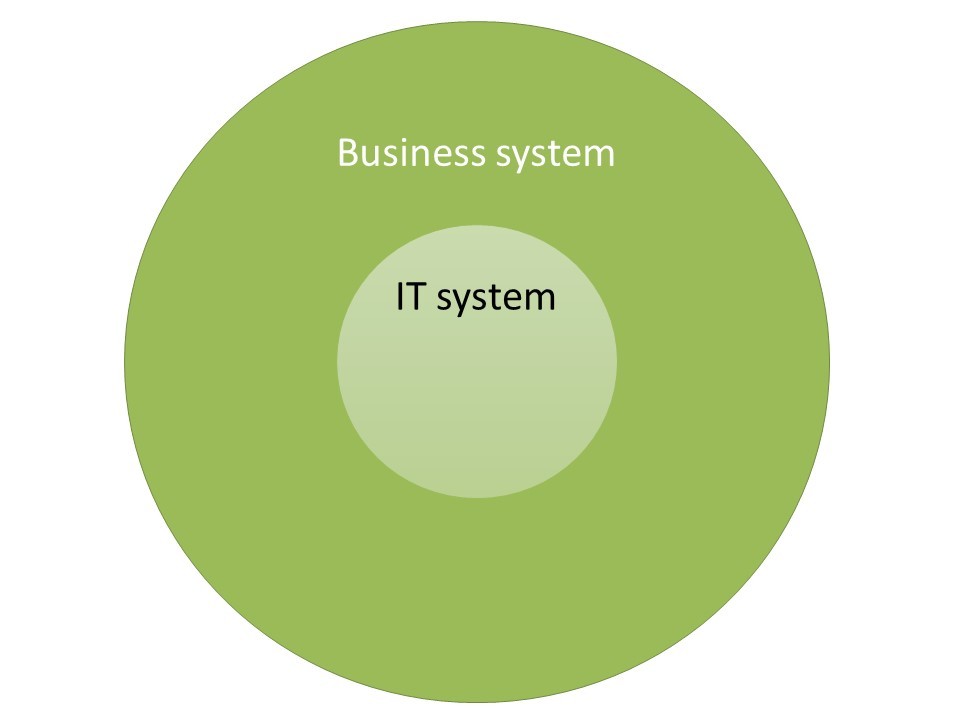In my last article, I asked whether the quality of business analysis was improving or deteriorating and raised a range of questions for consideration. These prompt the following observations about elements that seem to be missing.
Many business transformation and business improvement initiatives entail the use of a supporting IT system(s). Often these initiatives are described, scoped, designed and delivered as IT projects. As a result, the primary focus becomes the scope, requirements, design, construction and adoption of the IT system. In so doing, these projects often fail to give sufficient attention to the broader business “system” which equally needs to be designed and delivered if the proposed IT system is to be effectively used and if the goals and outcomes sought from the use of the IT system are to be successfully realised.

In these circumstances, the business analysis that is undertaken:
- defines the scope around the IT system (which constitutes the means) rather than around the business system (which constitutes and realises the ends)
- fails to give sufficient attention to the “containing” business system within which the IT system is intended to be used
- addresses the hard system (IT system) with insufficient attention and inappropriate skills and tools for attending to the soft system (business system)
- encounters difficulties in evaluating variations in scope as it is the business system which provides the context for evaluating the value to be derived from the proposed use of IT functionality
These deficiencies can be redressed by taking a systems thinking based approach to business analysis. Such an approach will bring benefits through:
- giving consideration to the system-of-systems constituting the enterprise which is the focus of the improvement / transformation initiative
- applying a soft systems methodology which takes account of the differing system views that stakeholders may hold and enables the building of a shared conception of the enterprise in which they are engaged
- giving attention to distinguishing between the sophisticated model that the IT system and information system will sustain and the real world context that it represents (thereby avoiding the common problem of confusing the map with the territory)
- giving recognition to the IT system and information system being a “part” of the broader “whole” where the outcomes derived from the “system-whole” are distinguished from the outputs of the “system-part” which may not be given sufficient account in various analysis and project methodologies
Each of these will be explored in more detail in subsequent articles.
Other articles pertaining to the broader topic of architecting enterprises can be found either in my author page, or by using the following index.
Article by channel:
Everything you need to know about Digital Transformation
The best articles, news and events direct to your inbox







